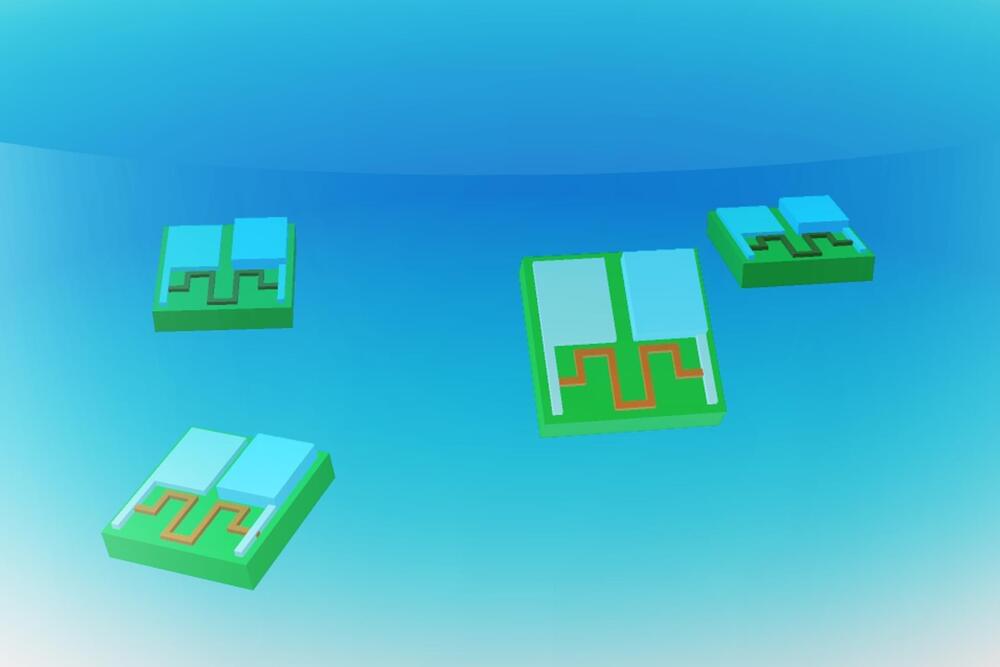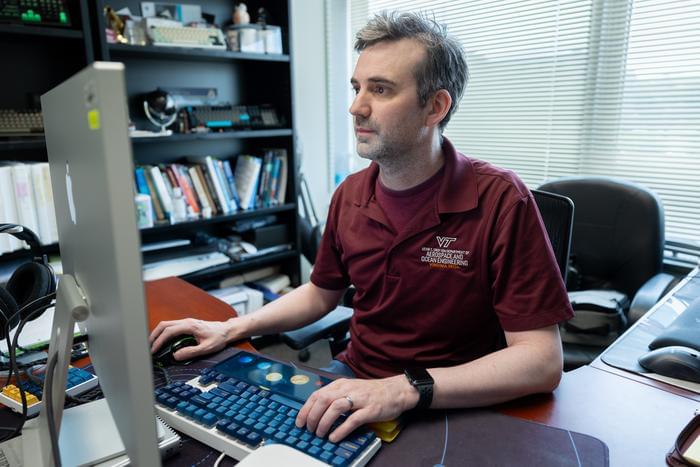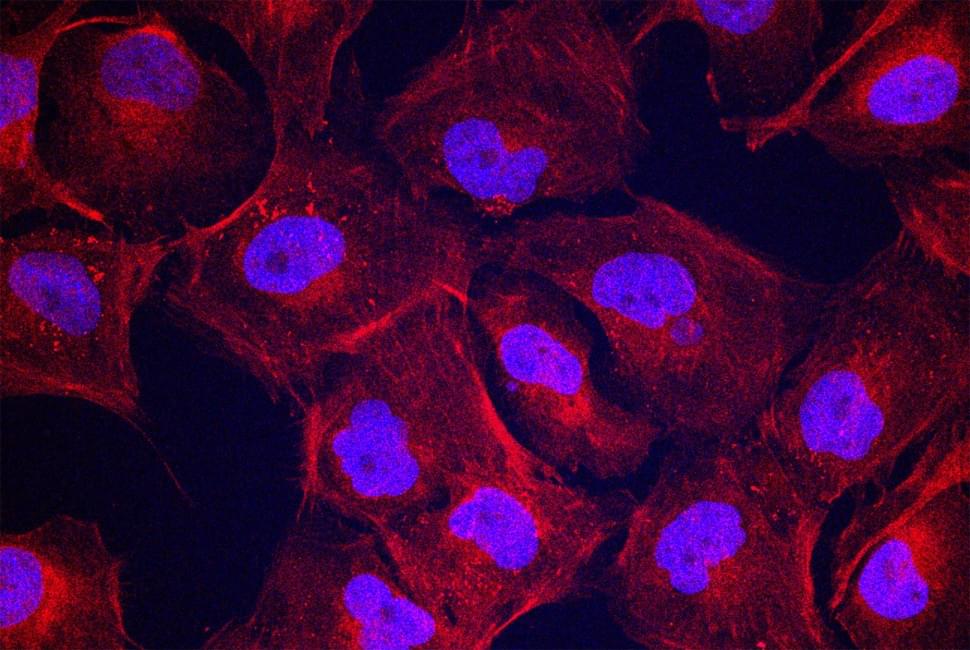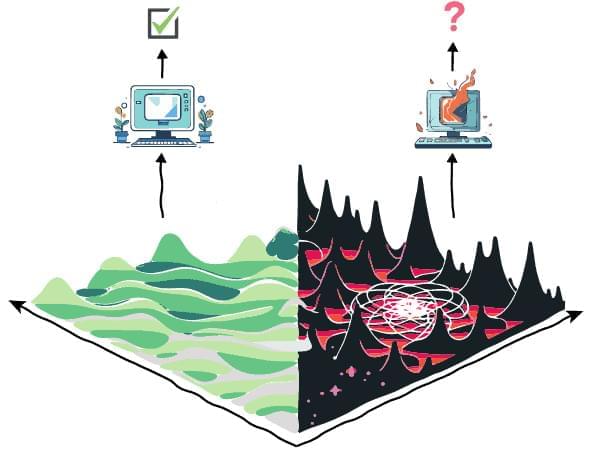Engineers have designed a tiny battery, smaller than a grain of sand, to power microscopic robots for jobs such as drug delivery or locating leaks in gas pipelines.
A tiny battery designed by MIT engineers could enable the deployment of cell-sized, autonomous robots for drug delivery within in the human body, as well as other applications such as locating leaks in gas pipelines.
The new battery, which is 0.1 millimeters long and 0.002 millimeters thick — roughly the thickness of a human hair — can capture oxygen from air and use it to oxidize zinc, creating a current with a potential of up to 1 volt. That is enough to power a small circuit, sensor, or actuator, the researchers showed.
“We think this is going to be very enabling for robotics,” says Michael Strano, the Carbon P. Dubbs Professor of Chemical Engineering at MIT and the senior author of the study. “We’re building robotic functions onto the battery and starting to put these components together into devices.”








